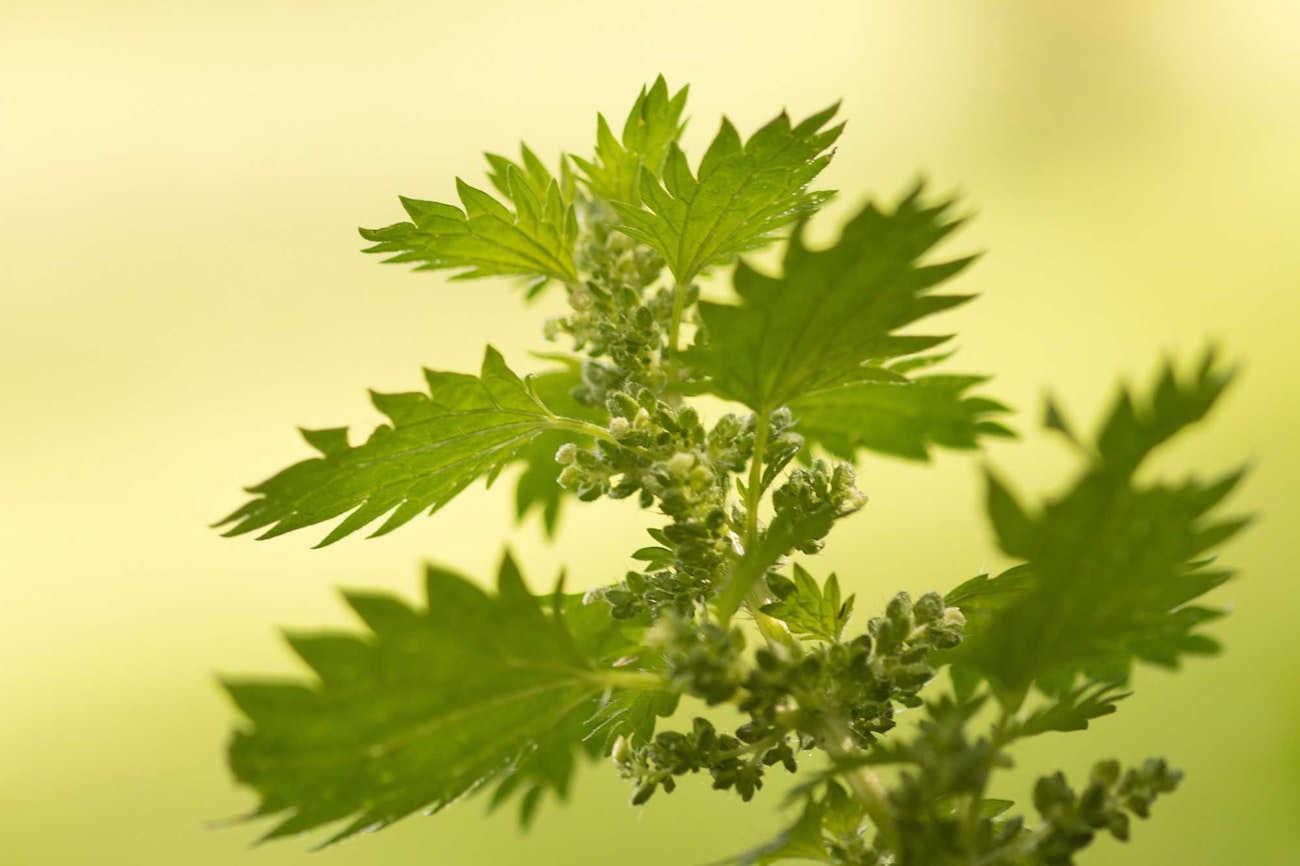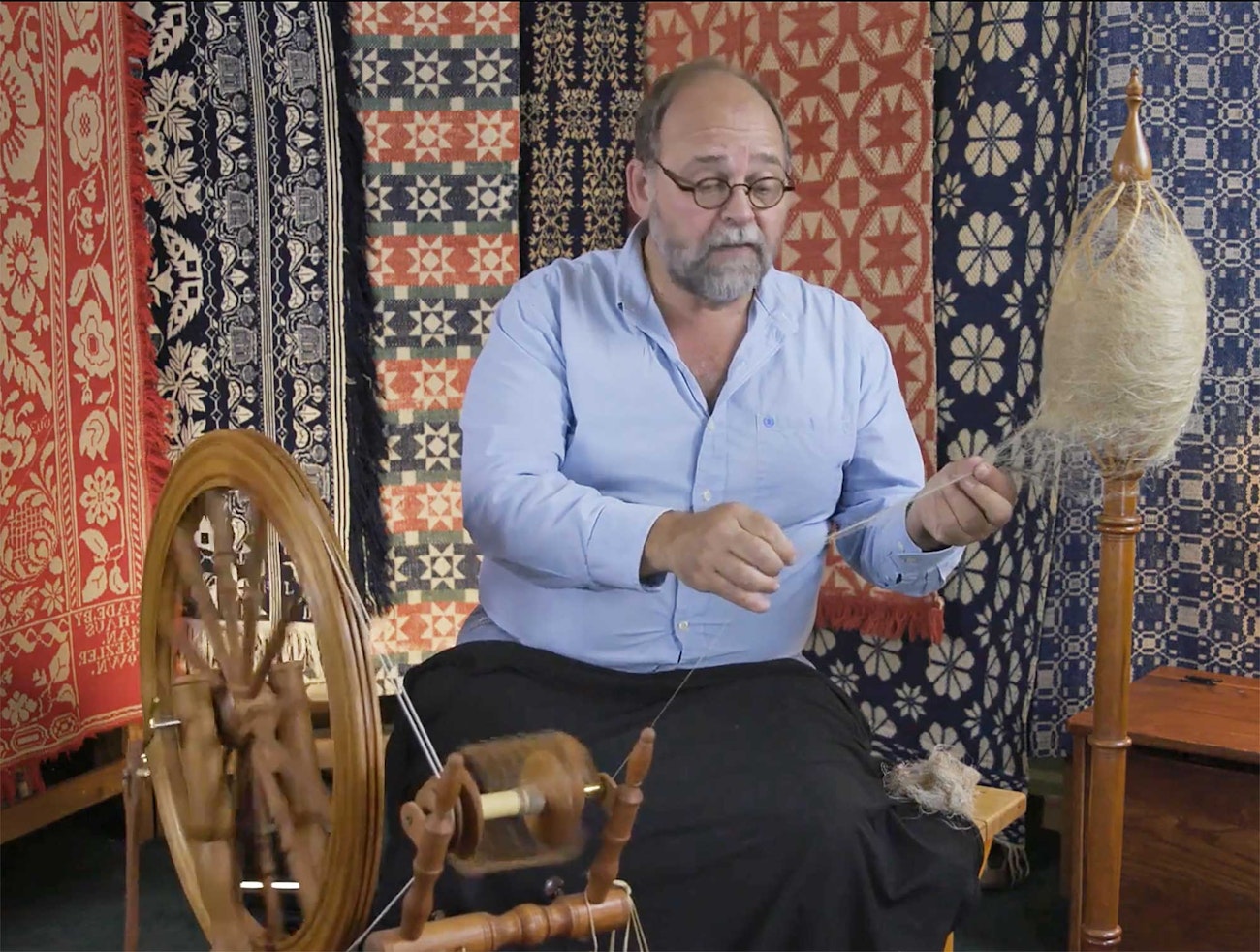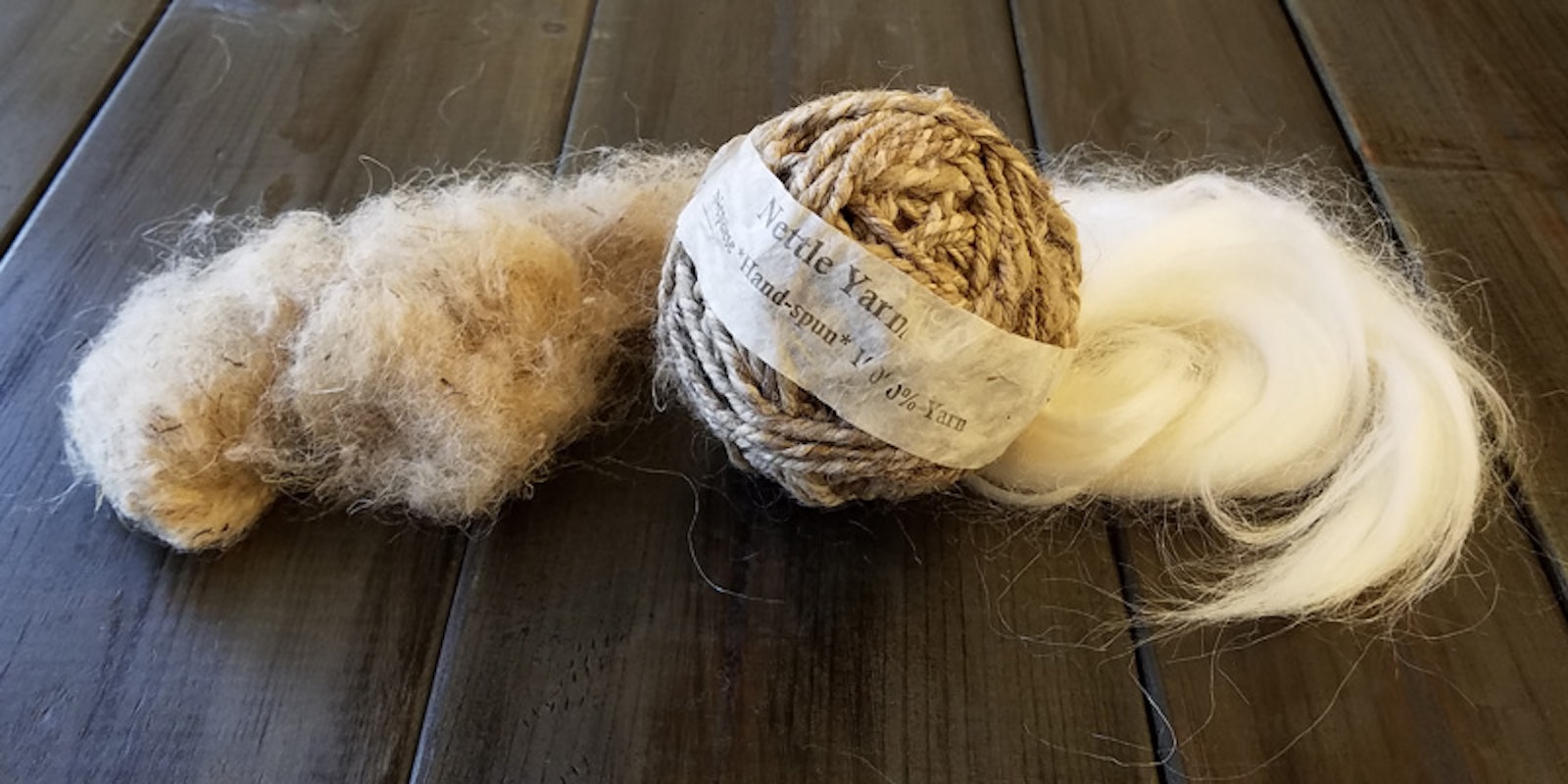When I was a kid walking around barefoot, I knew to avoid one plant: stinging nettle. Near my house it grew a few feet tall, but hearing of nettles taller than my dad, I imagined head-to-toe welts. If you had tossed me a ball of nettle yarn, I would have run. So who first thought of nettles as natural fiber?
When I look at nettle, I see green leaves and nasty stinging spines, but beneath those green and stinging parts stands a tall, strong plant that behaves like flax and hemp. All of these produce bast fibers. Another natural fiber surprise: Milkweed can be made into yarn, too; not from the clouds of white, silky seed “umbrellas” but from the bast fibers in the stalk.
 In a manner similar to flax and hemp, nettle plants can be processed and turned into yarn. Photo by Jan Temmel via Pixabay
In a manner similar to flax and hemp, nettle plants can be processed and turned into yarn. Photo by Jan Temmel via Pixabay
How nettle becomes yarn
1. Retting
An idea that sounds terrible, but has wonderful results, “retting” is rotting off anything that isn’t bast fiber. The leaves, stinging hairs, and green matter decompose with help from water and microorganisms.
To gain a better understanding of how this is done, read how Karla Sandwith describes the retting process for her homegrown flax, which she spins into fine, smooth, strong, glossy, and uniform yarn.
2. Separating and refining
To separate the rest of the plant matter from the good bast fibers, people scrape, pound, comb, or hackle using tools that look like torture devices. After this intense working, the fibers emerge soft and flexible but amazingly durable.
In the introduction to her book The Intentional Spinner, Judith MacKenzie writes about nettles:
“Bundles of dried nettle would be laid in the warm rainwater. Sitting across from one another around the pool, women held a long cedar plank that was flat on the top and curved on the bottom. They pounded the nettle stalks to release the strong bast fibers between the outer coating of vegetable material and the pithy inner core. . . . Day after day, they pounded and rinsed and dried, until only the long, silky nettle fibers were left. Gradually, the natural depression was enlarged and shaped by the motion of the cedar boards. Thousands of years of pounding nettle carved this perfect stone bowl on the edge of the sea. Nettle was the fabric of their life.”
 Tom Knisely demonstrates how to spin flax from a distaff. Photo from Weaving with Linen with Tom Knisely by Long Thread Media
Tom Knisely demonstrates how to spin flax from a distaff. Photo from Weaving with Linen with Tom Knisely by Long Thread Media
3. Spinning
Spin nettle like flax or hemp. You may use a distaff to hold it at the ready while you spin it on a spindle or spinning wheel.
If you’d like to skip the growing, collecting, retting, and separating steps, you can find some nettle spinning fiber on the market—a number of yarn manufacturers offer nettle, commonly in blends.
For more information on collecting and spinning nettle, read “The Nettle Dress” by Linda Ligon in Spin Off Spring 2024, which tells the story of Allan Brown of Brighton, England, who spent seven years immersed in the creation of a nettle dress and the subsequent documentary film titled The Nettle Dress.
Anne Merrow is Editorial Director and a co-founder of Long Thread Media.
Originally published September 26, 2017; updated March 11, 2024.

